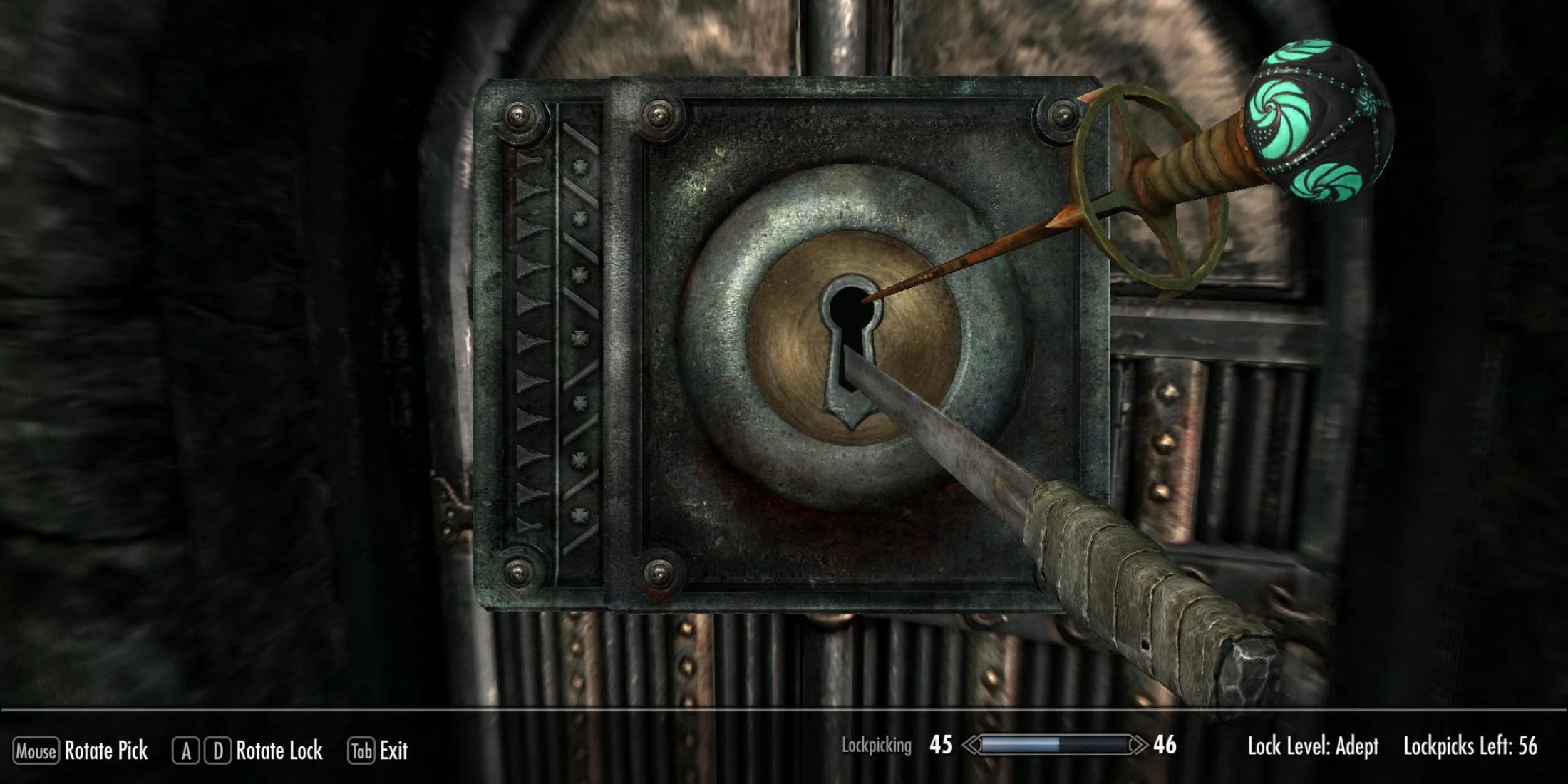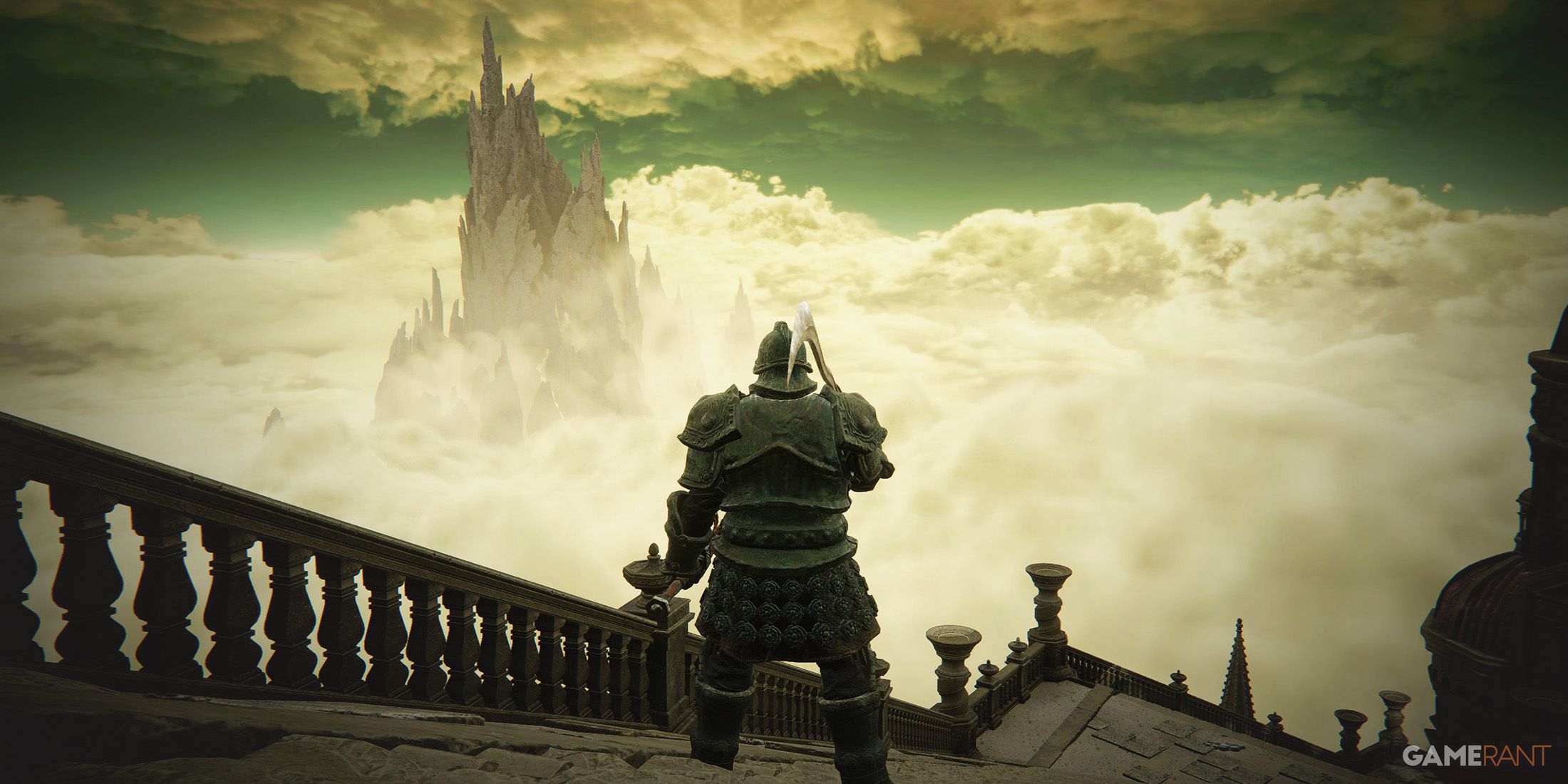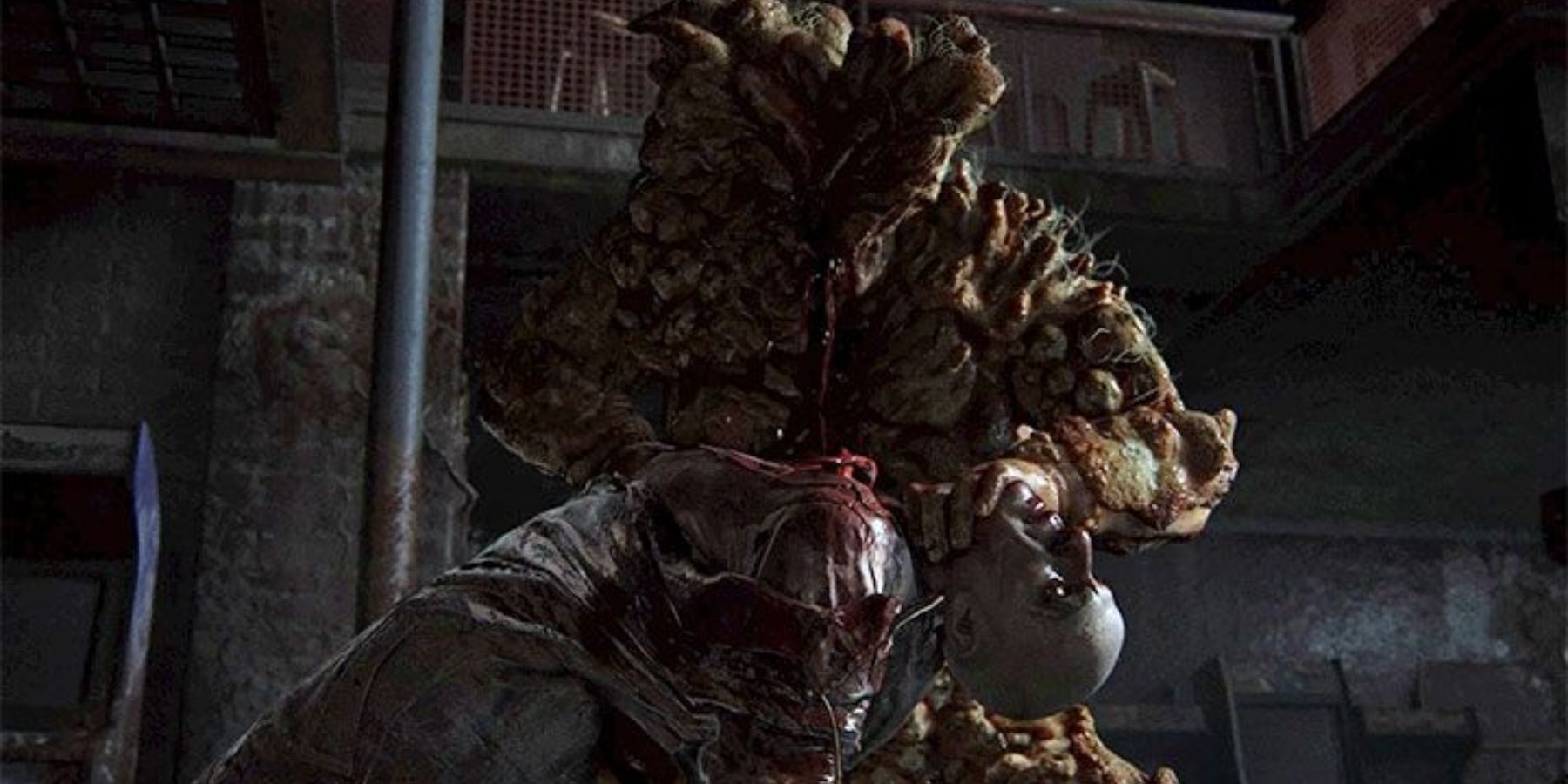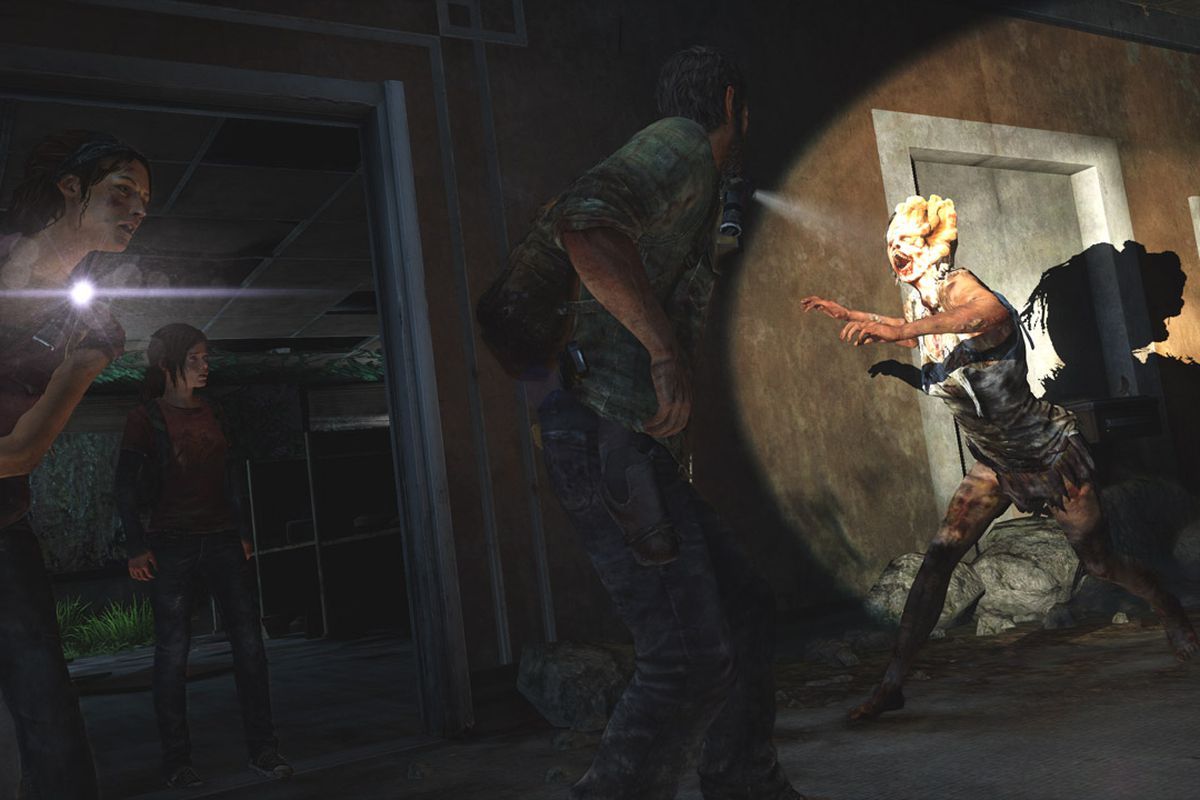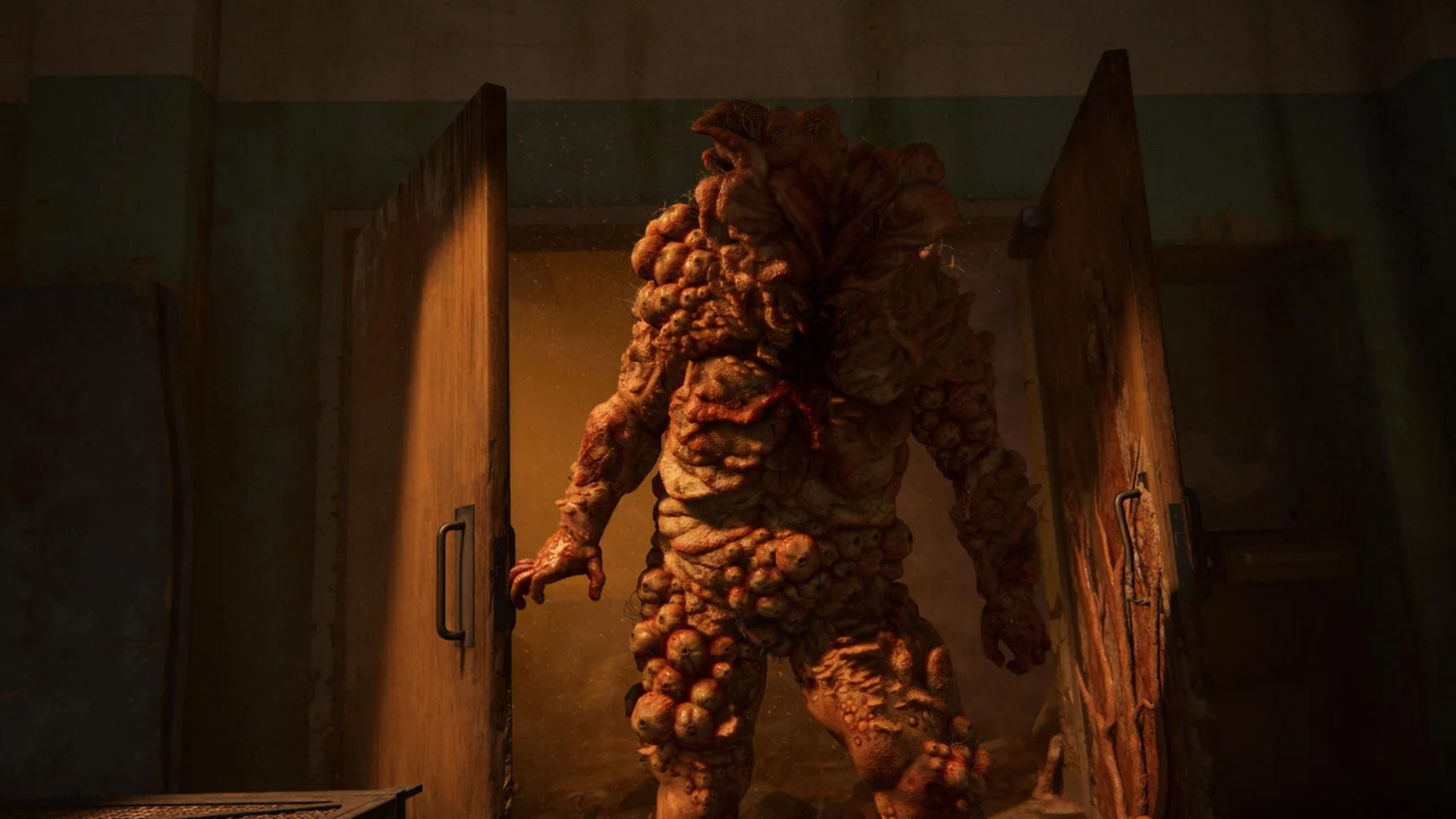HBO’s The Last of Us was a terrific exercise in adapting a video game as source material for a live-action series, even if it did deviate quite largely from a number of instances and beats in the game. The Last of Us has a lot of slow, explorative moments that allow Joel and his companions to absorb tension and atmosphere, but a lot of gameplay is centered around how players choose to either sneak around enemies or tackle them head-on. In HBO’s The Last of Us, there are far fewer instances where Joel or Ellie find themselves in combat encounters.
However, while a lack of combat actually works well for the HBO adaptation, there is one monumental change the show made from the games that seems to have had no profound effect or resonance. The Last of Us’ spores were replaced with tendrils, though these tendrils only sprouted from the mouths of infected people, not from fungal growths like The Last of Us’ concept art had imagined. Likewise, The Last of Us’ infected became a hive mind. Regardless, Naughty Dog will hopefully take these changes and implement them as an expansion of the games’ mechanics instead of replacing them.
The Last of Us’ Hive Mind Had No Genuine Payoff
In what now seems like an odd design choice, HBO’s The Last of Us making the infected an interconnected hive mind only had one scene where that premise had any real effect or consequence. Normally, The Last of Us’ infected behave individually and the only reason they are found grouped together is that they are prone to idling in dark interiors perfumed with spores.
Instead, the show has hordes of infected lying on the ground for whatever reason that are triggered to someone’s whereabouts if fungal roots are stepped on. This is explained in the second episode, and Joel stepping on a root results in a horde swarming the state house, where a recently bitten Tess decides to stay back.
Tess’ death is much different than in the game, and the idea that the infected are a hive mind is not used once after this second episode anyhow. In fact, the infected only appear afterward as a huge horde that conveniently interrupts the hunters from killing Henry, but they appear from underground and not because someone stepped on a root.
The Last of Us Part 3 Can Go All-In on Infected Mechanics
If The Last of Us Part 3 was to draw inspiration from HBO’s hive-mind premise, it would hopefully do so in a way that does not retcon what came before it. The Last of Us should not take full influence at all from the show for its games since the games arguably do everything better, and it would be a shame to see spores forgotten about.
That said, if Ellie, Abby, or another new protagonist is taken to a new state that The Last of Us has not yet explored, it would be neat to have these ideas presented uniquely. The hive mind premise would be more difficult to implement now because it would be hard to believe the infected are only interconnected in particular regions, but that could potentially still work as its own strain of the Cordyceps infection in a remote environment.
Either way, The Last of Us needs to remain separate from its adaptation and continue to feature mechanics and designs that work for it as a games franchise. If it can smoothly introduce the adaptation's mechanics, though, that would be a treat for the game's world-building.
The Last of Us Part 1 is available now on PC and PS5.


